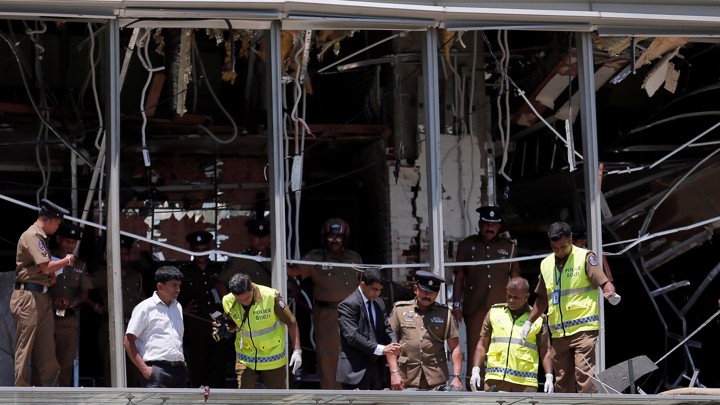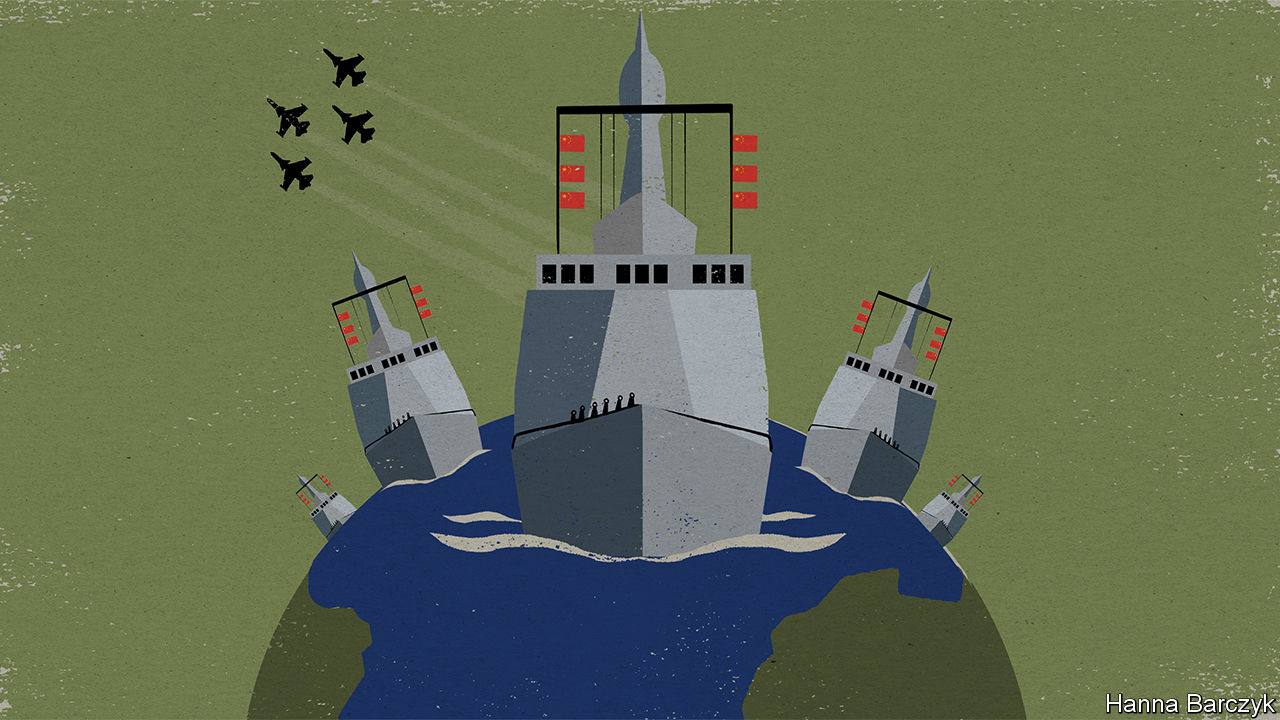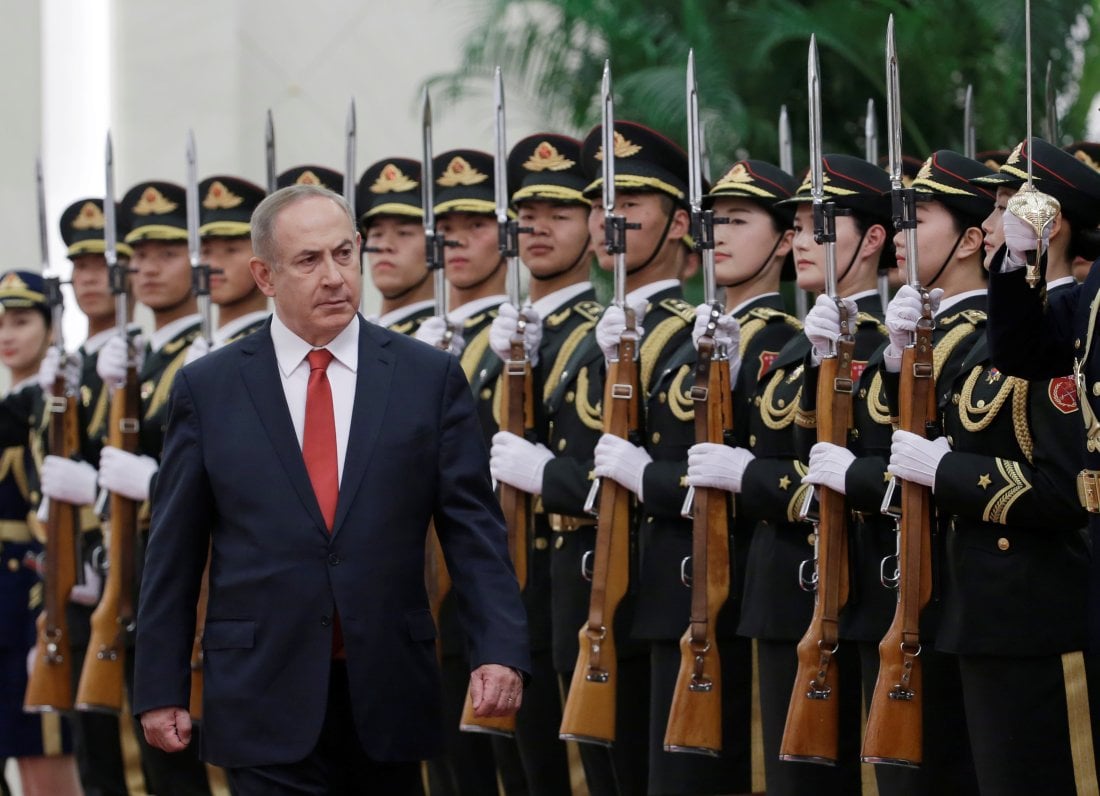BY KATIE BO WILLIAMS
 It’s getting harder and harder for the public to track the U.S.military’s progress in its 17-year war in Afghanistan, the special inspector general for Afghan reconstruction warned Wednesday ahead of the release of his latest quarterly report.
It’s getting harder and harder for the public to track the U.S.military’s progress in its 17-year war in Afghanistan, the special inspector general for Afghan reconstruction warned Wednesday ahead of the release of his latest quarterly report.
“What we are finding is now almost every indicia, metric for success or failure is now classified or nonexistent. Over time it’s been classified or it’s no longer being collected,” John Sopko told reporters. “The classification in some areas is needless.”
Sopko did not detail what information previously made public would be blacked out in the new report, due out this month. The quarterly reports — which are mandated by Congress and are intended to be public documents — track waste, fraud and abuse in U.S. reconstruction efforts in Afghanistan. The reports have also become an important tracking tool for territorial and population control by the Taliban.
The inspector general reports have long suggested the creeping rise of classification. The number of Afghan security forces killed in action is kept classified at the request of the Afghan government. In the last year, the Defense Department classified basic performance evaluations for the U.S.-backed Afghan security forces, as well as the Afghan Ministry of Interior and Ministry of Defense — metrics that have been used in the past to gauge progress in America’s so-called “forever war.”



















